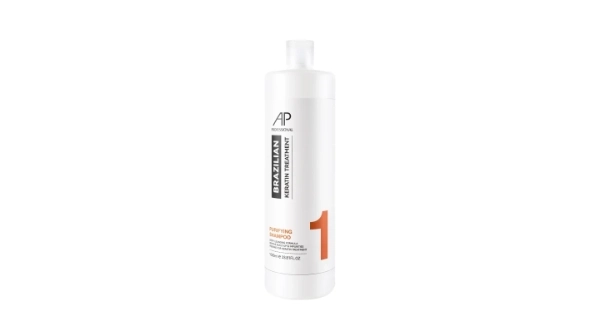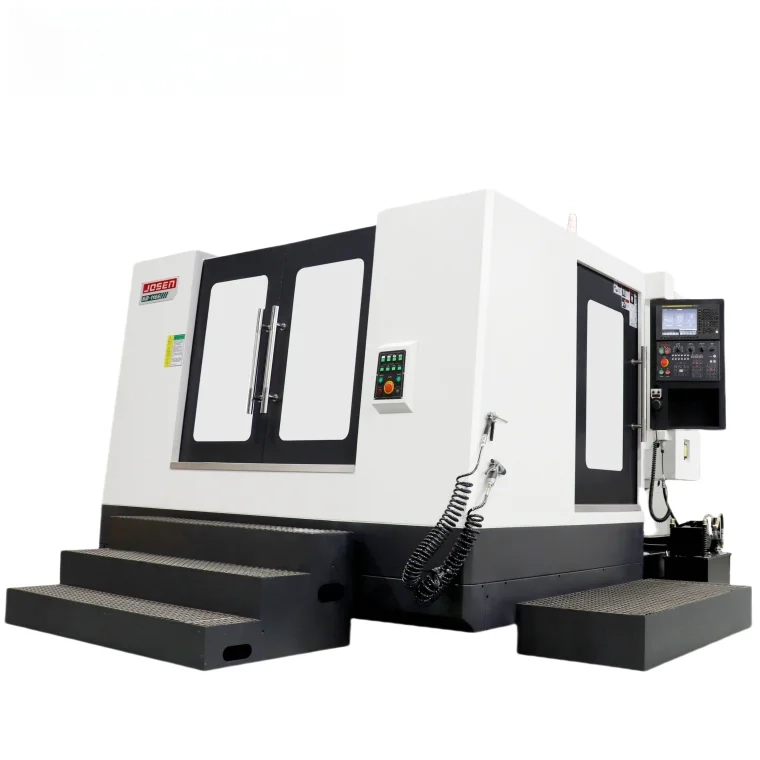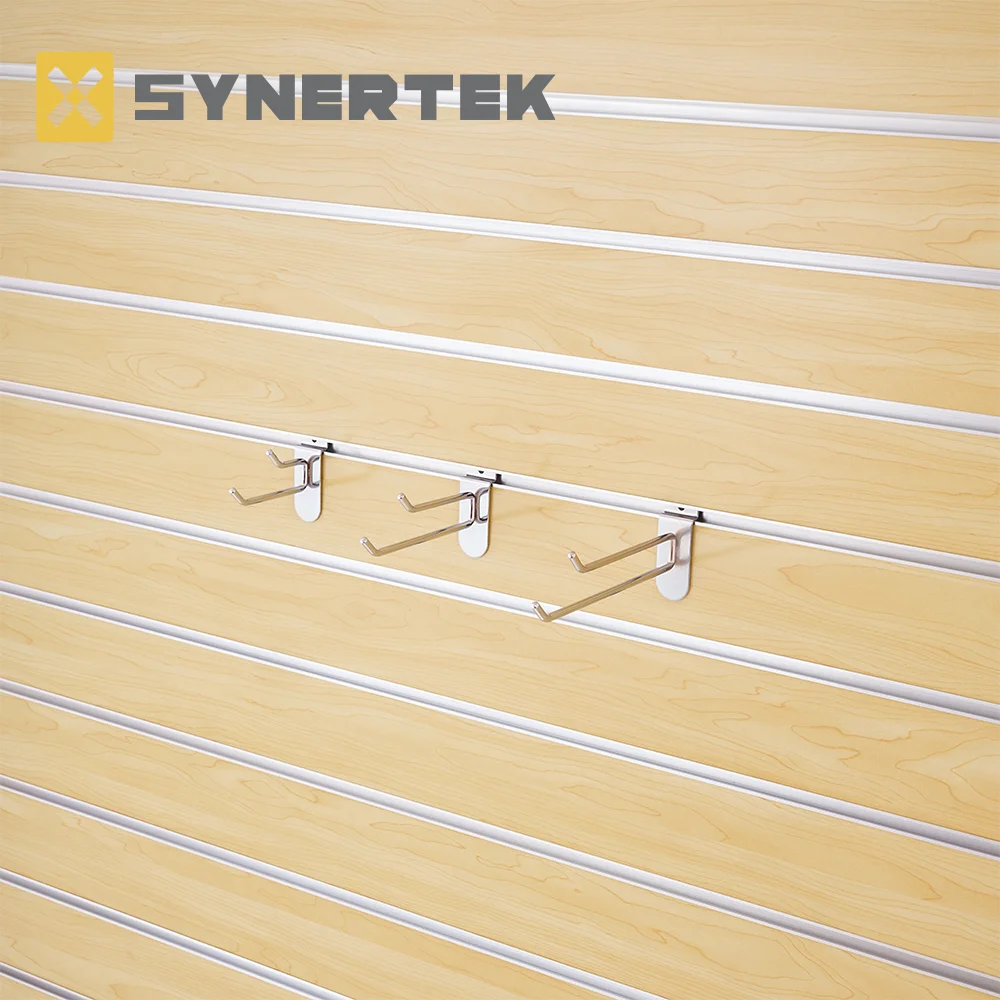When it comes to interior design and construction, one of the most significant factors influencing the overall budget is the choice of wall materials. Homeowners, builders, and designers alike are constantly on the lookout for cost-effective solutions that do not compromise on quality or aesthetics. In this article, we will delve into the various options available for the cheapest interior wall materials, examining their benefits, drawbacks, and ideal applications.
Understanding the Importance of Wall Materials
Before we explore specific materials, it’s essential to understand why the choice of wall material is crucial. Walls serve multiple functions: they provide structural support, insulation, soundproofing, and aesthetic appeal. The right material can enhance energy efficiency, reduce noise pollution, and contribute to the overall ambiance of a space. Therefore, while cost is a significant factor, it should not be the only consideration.
Top Affordable Interior Wall Materials
- Drywall (Gypsum Board) Cost: Approximately $0.50 to $1.50 per square foot. Drywall, or gypsum board, is one of the most commonly used materials for interior walls due to its affordability and ease of installation. It is lightweight, fire-resistant, and can be finished with paint or wallpaper to achieve various aesthetics. However, it is essential to note that drywall can be susceptible to moisture damage, making it less suitable for high-humidity areas unless treated or covered with moisture-resistant options.
- Plywood Cost: Ranges from $1.50 to $3.50 per square foot. Plywood is another economical choice for interior walls, particularly in utility spaces or as a base for other finishes. It offers good structural integrity and can be left exposed for a rustic look or painted for a more polished appearance. While it is generally more durable than drywall, it may require additional treatment to prevent warping or damage from moisture.
- Oriented Strand Board (OSB) Cost: Approximately $1.00 to $2.00 per square foot. OSB is an engineered wood product made from strands of wood that are bonded together with adhesives. It is often used in construction for sheathing and subflooring but can also be utilized for interior walls. OSB is cost-effective and provides good insulation properties. However, like plywood, it may not be the best choice for areas prone to moisture unless properly sealed.
- Vinyl Wall Panels Cost: Ranges from $1.00 to $3.00 per square foot. Vinyl wall panels are an excellent option for those seeking a low-maintenance and moisture-resistant solution. They are often used in commercial settings, such as restaurants and hospitals, but can also be applied in residential spaces, particularly in kitchens and bathrooms. Vinyl panels come in various designs and colors, making them versatile for different aesthetics.
- Concrete Walls Cost: Approximately $2.00 to $5.00 per square foot. While concrete may not be the first material that comes to mind for interior walls, it is an increasingly popular choice due to its durability and modern aesthetic. Exposed concrete can create an industrial look, and it offers excellent soundproofing and thermal mass properties. However, the installation process can be labor-intensive and may require additional finishing work.
Factors to Consider Beyond Cost
While the materials listed above are among the cheapest options for interior walls, several factors should be considered when making a decision:
- Durability: Consider how much wear and tear the walls will experience. High-traffic areas may require more robust materials.
- Moisture Resistance: In areas like bathrooms and kitchens, moisture-resistant materials are essential to prevent mold and mildew.
- Aesthetic Appeal: The visual impact of wall materials can significantly influence the overall design of a space. Choose materials that align with your design vision.
- Installation Costs: Some materials may be cheaper but require more labor-intensive installation, which can drive up overall costs.
Conclusion
Choosing the cheapest interior wall material involves balancing cost with functionality, durability, and aesthetics. Drywall, plywood, OSB, vinyl wall panels, and concrete are all viable options that cater to different needs and preferences. By carefully considering the specific requirements of your project and the characteristics of each material, you can make an informed decision that meets both your budget and design goals. Ultimately, the right choice will enhance the beauty and functionality of your space while keeping costs manageable.






+ There are no comments
Add yours